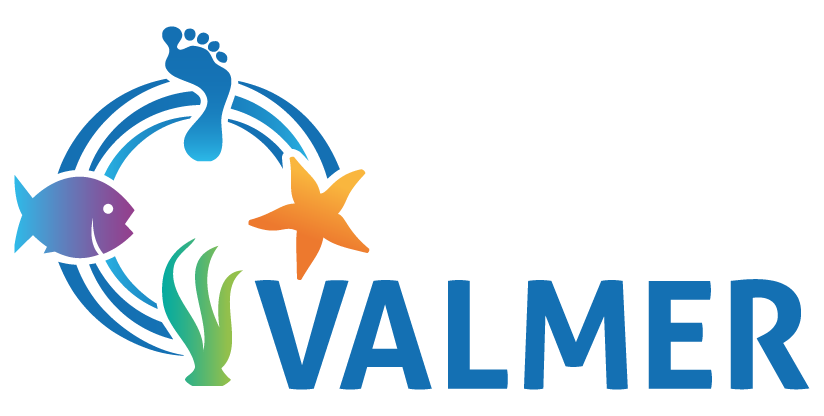Summary
Seagrass beds are sensitive to pressures impacting environment quality (e.g. lack of light, herbicides, trampling, grubbing, etc.). Due to their high ability to regenerate in a healthy environment, they are used as a water quality indicator for the European Water Framework Directive. In order to reconcile the environmental conservation with activity development of activities, the Regional Natural Park decided to experiment the Ecosystem Services Approach put forward in the VALMER project. The Ecosystem Services Approach was designed to:
- raise awareness on seagrass issues
- improve the management of seagrass beds through an integrated assessment
- identify management options to facilitate trade-offs.
For additional information
- https://www.parc-golfe-morbihan.bzh/albums/valmer/
- https://www.parc-golfe-morbihan.bzh/medias/2017/02/Synthe%CC%80se-des-connaissances-sur-les-herbiers-de-zoste%CC%80res.pdf
- https://www.parcs-naturels-regionaux.fr/sites/federationpnr/files/document/centre_de_ressources/pnr_golfe_du_morbihan_j._herry.pdf
Date: 2012/2015
The work presented here has been developed in six case studies of the VALMER Interreg 4A Channel project (2012-2015).
Coordination by M. Philippe, J. Ballé-Béganton and D. Bailly based on written contributions from J. Herry and M. Philippe






